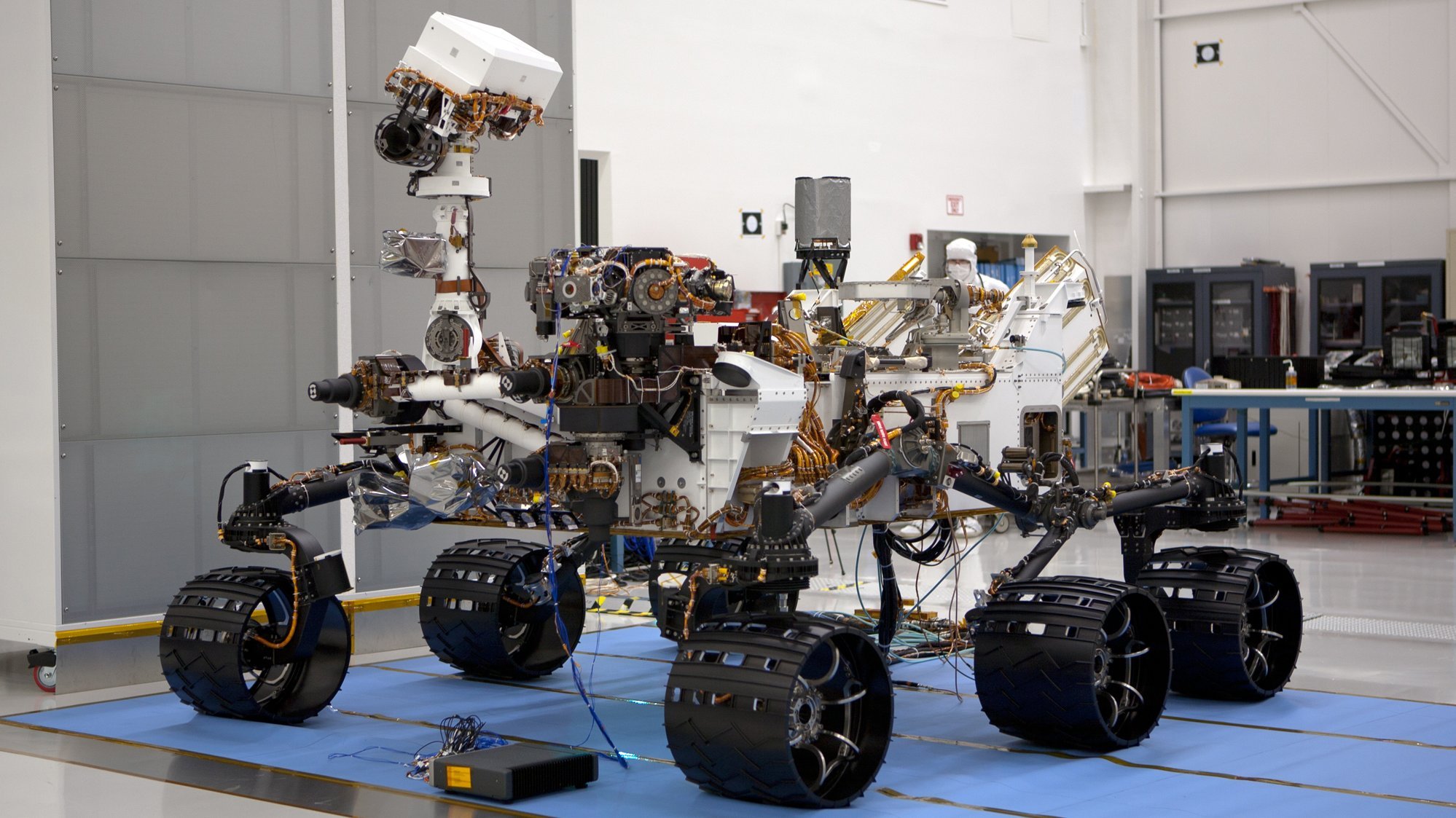NASA’s Curiosity Rover is a car-sized moving laboratory that landed on Mars back in 2012 and is still operational! But before launching a multibillion-dollar piece of equipment into space, NASA’s scientists had to do everything they could to make sure that the Curiosity Rover would work once it was on Mars – you cannot send over a few engineers to fix anything once it’s there.
One of the things that Curiosity does is collect Martian soil and its transfer it to its onboard analytical instruments. To do this, Curiosity has a device called a spectrometer inlet funnel. This plays a pivotal role in transferring soil samples into two key instruments on Curiosity—one that analyses soil chemistry and another that studies its mineral composition.
It was vital to make sure that the funnel would run effectively on Mars, so the scientists at NASA's Jet Propulsion Laboratory (JPL) used the Polytec PSV-3D Scanning Laser Vibrometer to test it before launch.
However, conducting these experiments presented a unique challenge. The conditions on Mars are vastly different from those on Earth. To prevent any contamination of the experiments, the rover had to remain impeccably clean. This is why they needed a non-contact vibration measurement tool that was also highly accurate.
Previously NASA had used a different method to test the inlet funnel, but they found that it wasn’t as accurate and precise as they needed for such a delicate instrument. This is why they came to Polytec. Instead of attaching physical component such as an accelerometer to the funnel, which would lead to the results being impacted by the added load, they Laser Vibrometry to measure the funnel's movements without any physical interaction.
Polytec 3D Scanning Laser Vibrometers are highly advanced tools that employ laser technology to measure motion without physical contact.
They initially tested a prototype model of the funnel that accurately mimicked the actual mechanism. They then simulated the funnel's vibrations as they would occur while the Curiosity Rover was operating on Mars. The 3D scanning laser vibrometers were used to monitor the funnel's movements in a three-dimensional space. This process was repeated multiple times, subjecting the model to various types of vibrations to validate its alignment with predictions.
They then followed this up by testing the actual funnel deployed on Curiosity to make sure that the inlet funnel behaved as expected on the Rover itself to make sure that it still behaved the way that they were expecting and would work in the real environment.
So, the next time you come across news about Curiosity transmitting pictures and data from Mars, remember that behind these remarkable discoveries lie exceptionally talented scientists who ensured every detail worked seamlessly. And, of course, the Polytec 3D Scanning Vibrometers that played a crucial role in this extraordinary scientific endeavour!
If you would like to find out all about the technical details in this story, it was featured in our magazine back in 2011 and you can still read it here.
You don’t have to be NASA though to benefit from laser vibrometry – if you would like to know if it’s the right vibration measurement option for you, you can read my previous blog “Which vibration measurement technology is right for you?”, or just message me, or call us on +44 2475 267 020
Find out more about Polytec vibrometers
Author: Chris Howe, Managing Director, Polytec UK Ltd
